Curator J Simmz is driven by the conceptual and not the commercial. The sublime is what gets her in the zone.
Most of what I put together is a bit mystical in its overall structure. Most of my projects have involved motifs of passages, portals, and transcendence, all of which are synonyms for death. Generally speaking, it can be an uncomfortable topic for an audience. In this day and age, discussing spiritualist philosophies, the other side of the veil, or the cycle of transformation – death and rebirth – is not a natural inclination for many people who walk through an installation.

Tell us about your first show, event or curatorial decision that led to your journey in the world of art and curation.
I was always interested in the creative arts and very active in them as a youth. I was constantly drawing, playing piano, dancing, singing, and writing. As I became older, the history and lineage of visual art intrigued me and I realised I might have a more academic or literary interest than as a maker. I went to New York University for their art history programme. Two of my favourite courses within that department required a thesis project at the end – Japanese Art and Architecture with Professor Matthew McKelway and Inside the Art Museum with Buffy Easton, who was curator of the Brooklyn Museum’s European Arts Department at the time. Both facilitated an open and critical dialogue that provided me the freedom to invent my own ideas and expand upon the subjects I was most interested in. In the end, I developed two projects I was fairly proud of: an in-depth exegesis of Japan’s cultural ties to the philosophy of wabi sabi, and a comprehensive exhibition proposal for Alberto Giacometti’s early years. This set the stage for how I approached visual culture going forward.
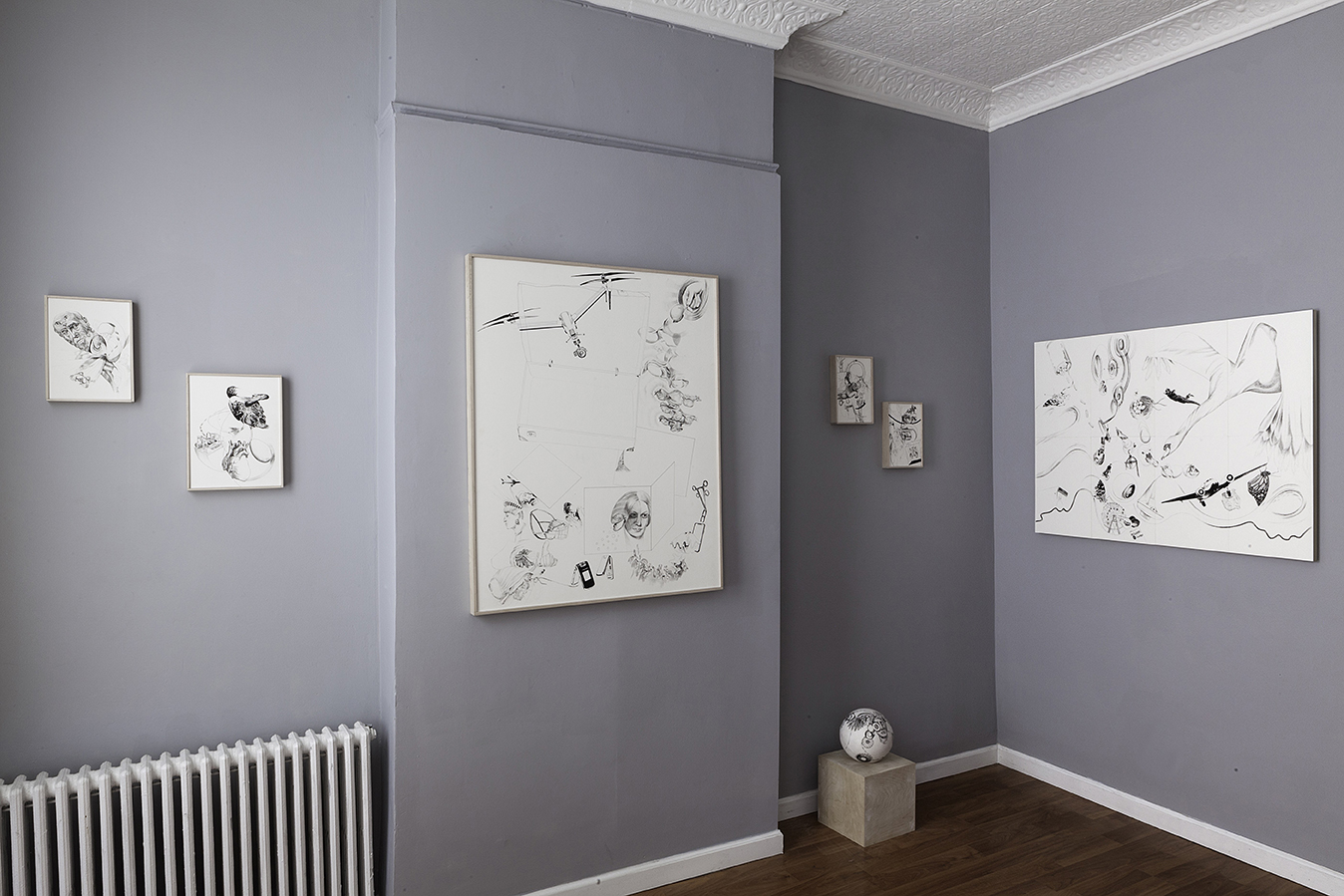
Tell us a little more about your inclination towards art and artists.
While the aforementioned experiences put me on the right path in the art world, I was lucky to have a privileged upbringing that afforded me opportunities to learn about contemporary culture.
Even in grade school, we often visited museums, were provided access to specialised art, music, and writing classes, and even had an “art lady” visit our classrooms at least once a month to discuss a famous artist or artwork. Additionally, my family was full of quiet creatives. My father is an excellent painter, illustrator, and photographer though he is a draftsman by trade, one sister is an art therapist, another one an actress, and many of my family members were active in the visual and performing arts. It was expected that I would also be creatively inclined.
What is the primary role of a curator?
Being a curator is what you make of it. Some want to focus on supporting artists and their careers, others want to cultivate critical dialogues on theory and action, and others still want to construct solid conceptual foundations. I believe I fall in the latter bucket. My main goal is to facilitate a concept that I’m working on at a particular time, and that is generally where I start.
Sometimes a project will be inspired by the work of a particular artist, but often I’ll already be chewing on an idea, and then the right artist shows up and it fits together. At that point, promoting the overarching ideology becomes my main endeavour.
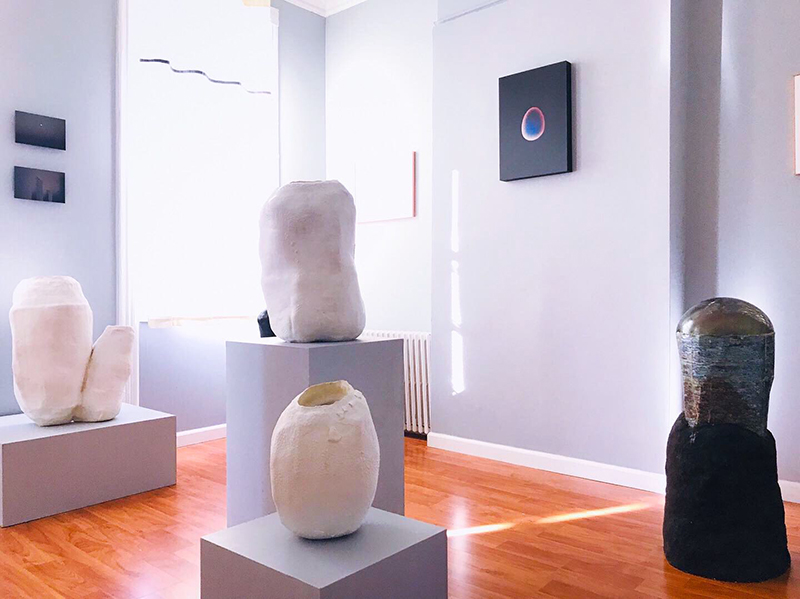
Take us through your curatorial process and continuous frameworks of reference. How does your relationship with an artist evolve?
I read a lot, often about various facets of the metaphysical, whether through the lens of feminism, psychology, religion, cultural mythologies, or politics. Needless to say, Carl Jung is an important influence, as are aspects of esotericism within my work. At this point, I have developed a bit of a reputation for it, so I tend to meet other people, including artists, who have developed similar interests.
I’m often out and about at openings or other gatherings in New York, so there are a number of opportunities to meet with other creatives. Once I’m introduced to someone and would like to know more about their practice, I set up a studio visit. My visits are not very cut and dry. They tend to last several hours, and there will be many tangents taken to reveal someone’s history, their non-art influences, incidental stories, and so on. I try to dig a little deeper beyond an artist’s “process” and more towards the subconscious conduits they are working with when it comes to their creative actions and responses. It’s at this point that I gauge whether or not I can work with them in the future, or if there is a specific idea I have in mind that they will integrate with nicely.
I have been very lucky to enjoy most of my studio visits, but there are a special few that have culminated into a real working relationship. Once I work with an artist, either via exhibition or some other form of collaboration, it becomes an egalitarian partnership. The artist needs to represent their work and I need to represent my curatorial interests, but because we have reached a point where we trust each other, there is a balance between the differing perspectives. In the end, it usually works out fairly well.
How do you describe yourself in the context of challenging people’s perspectives via your work?
Most of what I put together is a bit mystical in its overall structure. Most of my projects have involved motifs of passages, portals, and transcendence, all of which are synonyms for death. Generally speaking, it can be an uncomfortable topic for an audience. In this day and age, discussing spiritualist philosophies, the other side of the veil, or the cycle of transformation – death and rebirth – is not a natural inclination for many people who walk through an installation. However, I believe spirituality and the expansion of consciousness are important aspects of human existence, an antipode to the hyper-rationalised, patriarchal view of logic and legitimacy. I focus on the sublime, which does not always present or require an explanation. I build spaces to present a specific energy, a feeling that the viewer experiences, even if they may not always be able to put their finger on what it is or why.
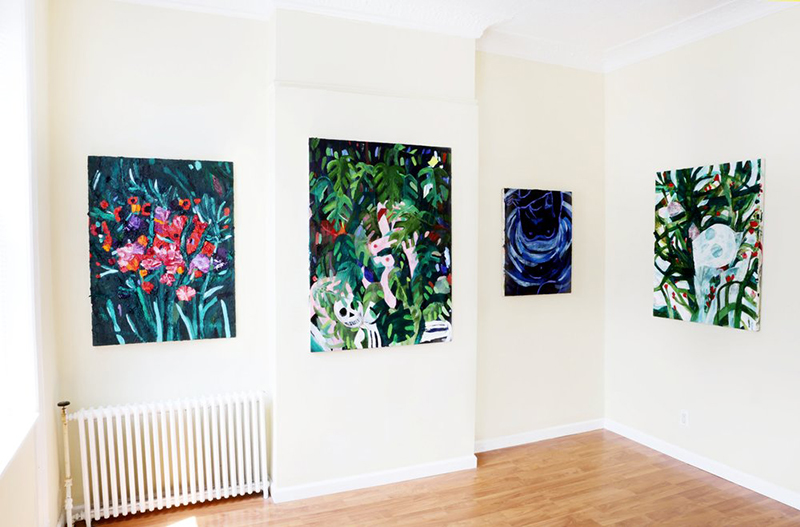
How do you balance the contradicting elements of your work?
I have a master’s degree in arts administration and work in tech during the day. So I’m already a fairly organised person. I have access to systems and a salary that keep me afloat and provide additional resources for my projects. The one thing I always run up against is time. It can take a lot of time to put together a show, especially when my energy is elsewhere at least 40 hours a week. But at this point I have developed an operating procedure for myself that makes it easy for me to get something together. I know I usually need at least two months to put something together with enough buffer time to do it right.
Additionally, I managed to get an apartment in New York that has a lot of space. There are two rooms in the front that serve as a dedicated gallery space with a separate entrance. For other proposals, I work with alternative spaces that are provided to me. This keeps my overheads low and allows me to focus more on the conceptual vigour and presentation of a show than the commercial aspect of it. This isn’t to say that I don’t want to sell work, but my concern is more towards the artist getting paid for their creative, intellectual, and physical labour than have it be a necessity for my creative survival. I also give myself time between shows so that I have enough available to prepare for what’s on deck.
How do you deal with the conceptual difficulty and uncertainty of creating something a new show?
At this point, I only work with people I want to work with and trust. I do not create work or formulate projects that I am not a hundred percent behind, and use my energy for things I really want to do. If there is an ethical misalignment, then I don’t see myself continuing forward. It’s not worth my time.
How does it all come together? What are the biggest challenges?
I do all of the visiting, writing, marketing, website building, and exhibition layouts. It’s just me at Doppelgänger projects. So, when I’m prepping for an upcoming show, it becomes another 20-30 hours-a-week job.
Generally, the artists and I will have planned on a date ahead of time, and finalised the concept. Then we select the works we think will most adhere to the agreed-upon concept, develop the checklist, price list, and consignment, and then I can begin working on the press release and marketing. From there it’s a pretty busy next few weeks as we install, send out invites, and try to gain interest in the exhibition. As mentioned previously, time is the main obstacle.
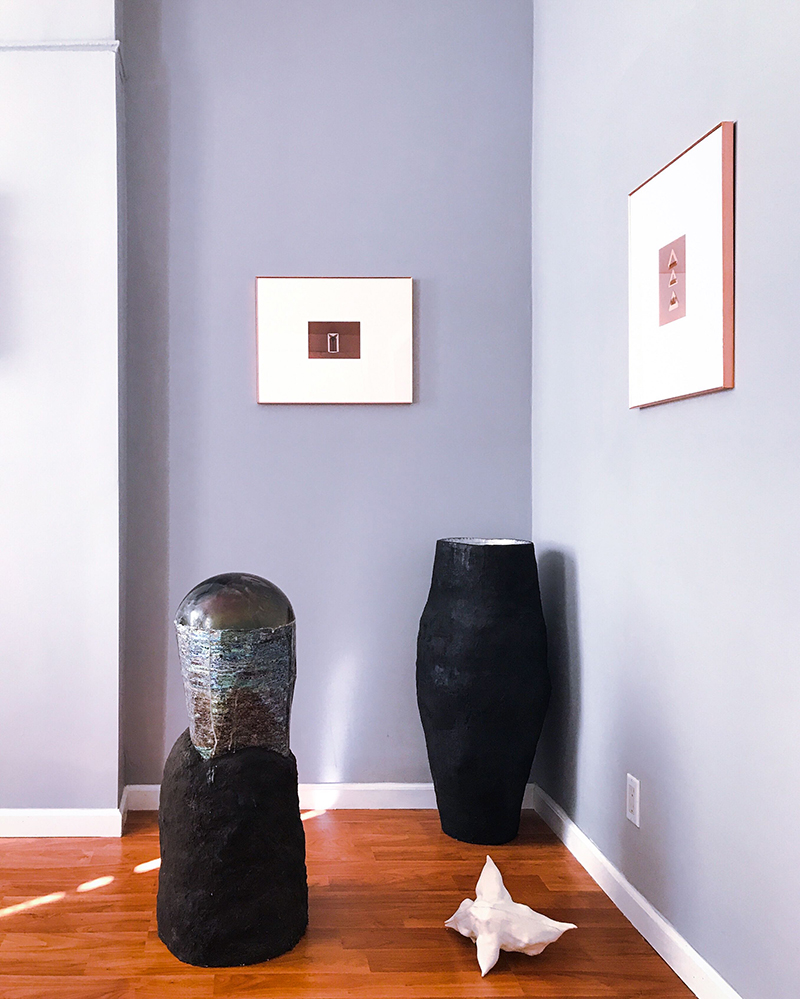
What about accolades and hurdles? What was your biggest learning experience?
I have learned many lessons at this point, but I think the most obvious one is that I’m not interested in an overtly commercial venture. I don’t want it to be an influence over any of the choices I make, and I prefer for it to not be a requirement in whatever presentation I’m involved in.
In the beginning of my foray into independent curation, I was involved in a few projects where selling work was a necessary component, and the experience was not up to my expectations. Because most of the decisions driving these programmes were too anxiety-driven, I felt the integrity of my vision had been impaired by these outside pressures.
Tell us about your own personal evolution vis-à-vis the work you do?
I have become a much more intuitive person through this process. When weaving together the segments of the show, I do numerous gut checks along the way. Writing out a statement for each is also a meditative experience. I usually take around two weeks to think about what I want to say, and then write it all down in 90 minutes. When installing, every work has its place – there’s nowhere else it can be, and the negative space around the objects is also an inherent part of the composition. It’s not a science as much as it is a release.
You have spent a lot of time in amongst artists. What have you observed?
When a creative endeavour is a career, your passion is also your entire life. I’m very happy to be part of a community that is highly intellectual, supportive, immensely thoughtful, and collaborative. We’re all in this boat together. Especially in New York, where the cost of living is high and the material world is on full display, it’s important that you surround yourself with those of honour and integrity. I’m happy to say that the artists, curators, and other arts professionals I know tend to be that way.
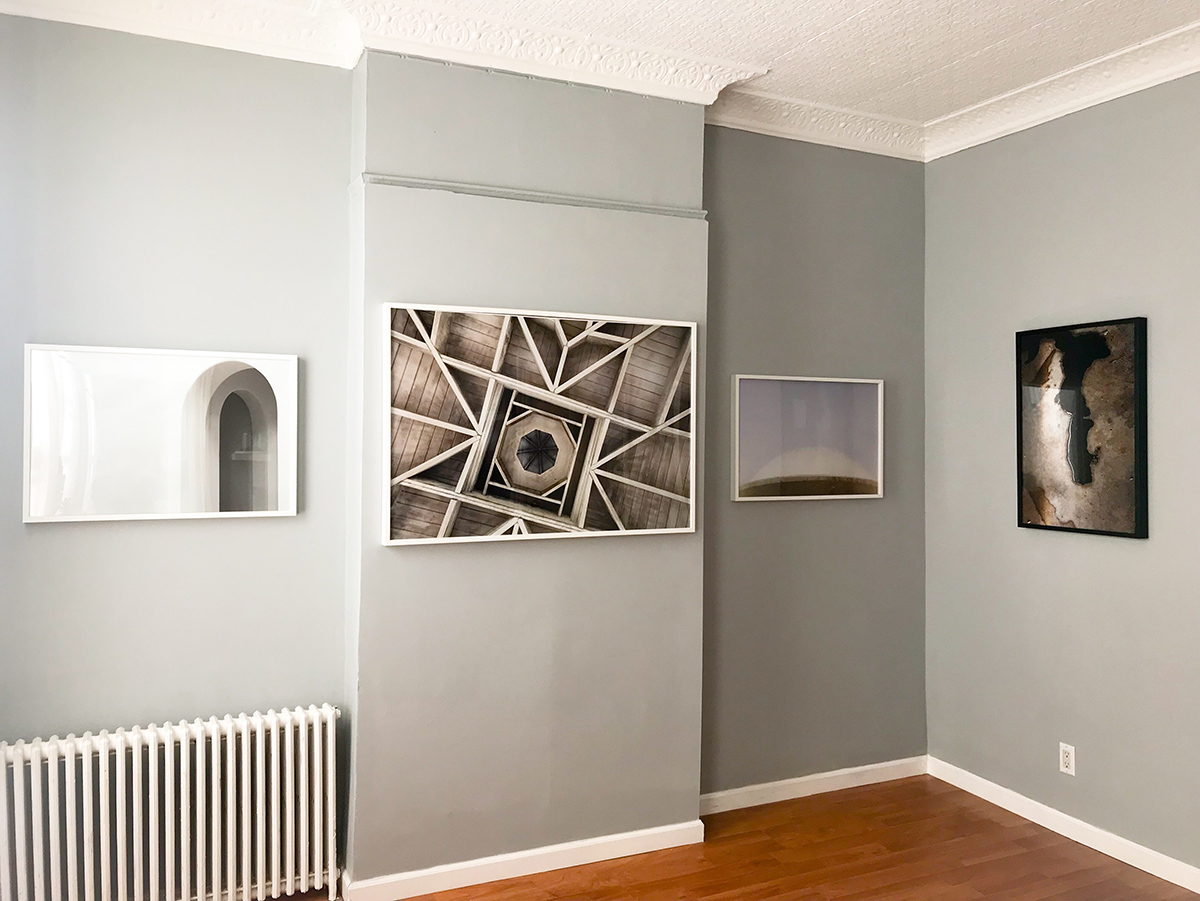
Which shows, performances and experiences have shaped your creative process? Who are your maestros?
Two shows come to mind: Rivane Neuenschwander’s 2010 exhibition at the New Museum, Any Other Day, and Kara Walker’s A Subtlety at Domino Sugar Factory in 2014. These were fully integrative and experiential exhibitions that focussed on what became a major element of my curatorial practice: the imprints of humanity on time and space.
Neuenschwander’s exhibit focused on the fragments people leave behind, both tangible and figurative, and was a large influence on the exhibition, STELLA, I curated in 2017, especially the presentation of her two works, Involuntary Sculptures (Speech Acts) and First Love.
Walker’s A Subtley was an immersive plunge into the temporal depths of a difficult history. I remember the palpable unease as I moved through the old factory – the sickening smell of sugar and sweat, the understanding that bodies, and specifically bodies of colour, were exploited and mistreated in the sugar industry at large, inspired a different understanding of how time is constructed. Instead of linearity, I experienced a stratification of layered moments and the atmosphere was thick with a century and a half of friction. Since then, I always try to make the structural space as much a part of the installation and experience as the artwork.
Lastly, an artist who has been a longtime icon for me is Janine Antoni. Her use of physicality, emotion, and transfiguration, in both extremely brutal and incredibly tender ways, has provided much contemplative soil with which I have been able to sow the seeds of inspiration. Loving Care and Moor are two works that have presided in my consciousness since I became a curator.

How do people interact and react to the work that you put out into the world?
We have had a relatively positive reaction from visitors as small independent projects. I have been lucky to build a platform that has provided some form of recognition for the artists I have worked with, as we have had write-ups in Hyperallergic, The Brooklyn Rail, Maake Magazine, and Time Out New York. I hope that the immersive and thoughtful quality of the concepts presented in each exhibition provide those who have viewed them with additional food for thought as they move forward from that experience.
What are you working on now?
Right now we have On the Nature of Daylight, a show by Katherine Finkelstein and Alison Kudlow on view in our Ridgewood, Queens space until December 21, 2019. I am currently in the midst of preparing a group show at the Clemente Center in Manhattan’s Lower East Side, slated to open on January 24, 2020. Hope to see you there!
Before you go – you might like to browse the Asian Curator curatorial archives . Contemporary art curators and international gallerists define their curatorial policies and share stories and insights about the inner runnings of the contemporary art world.








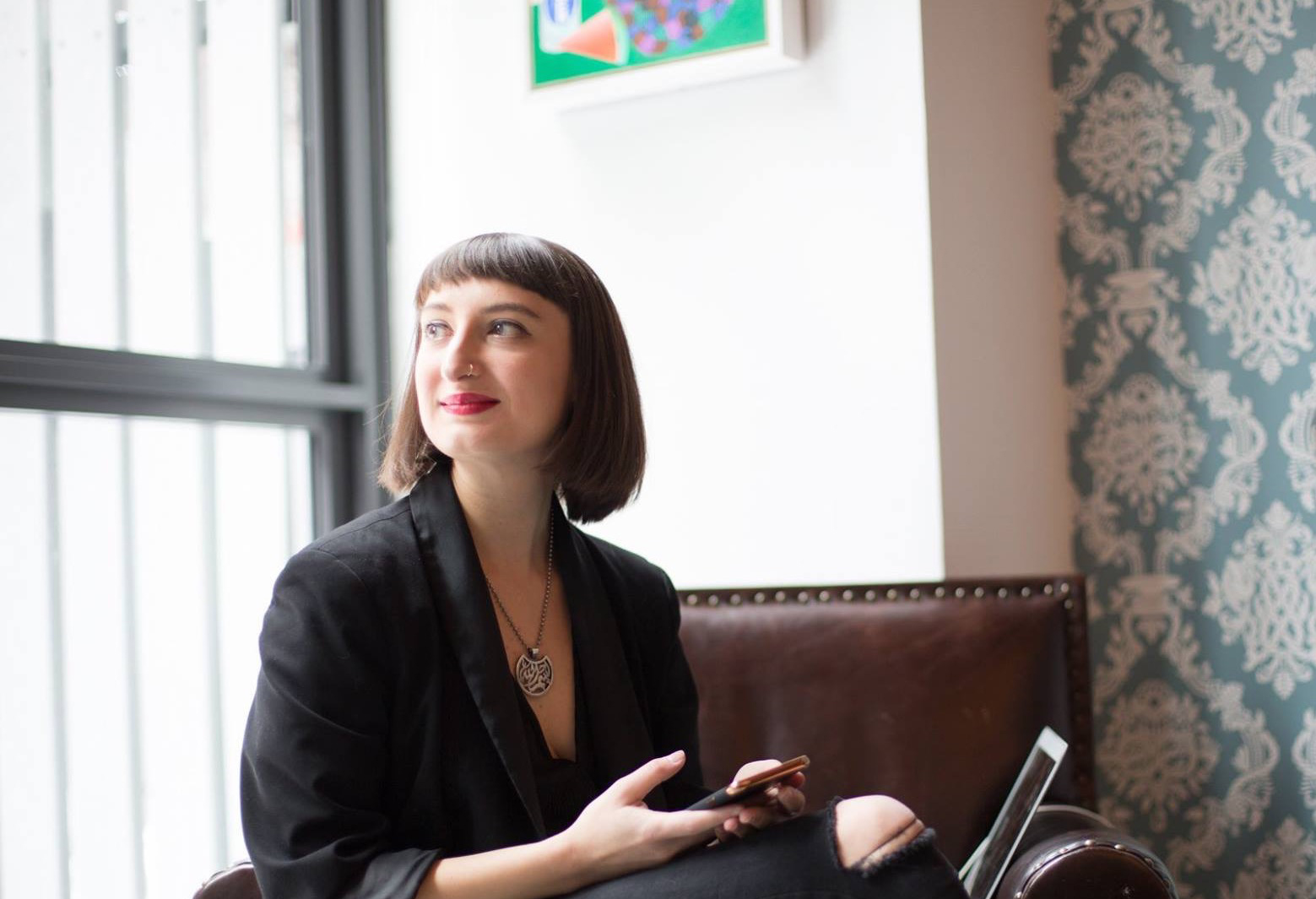



Add Comment